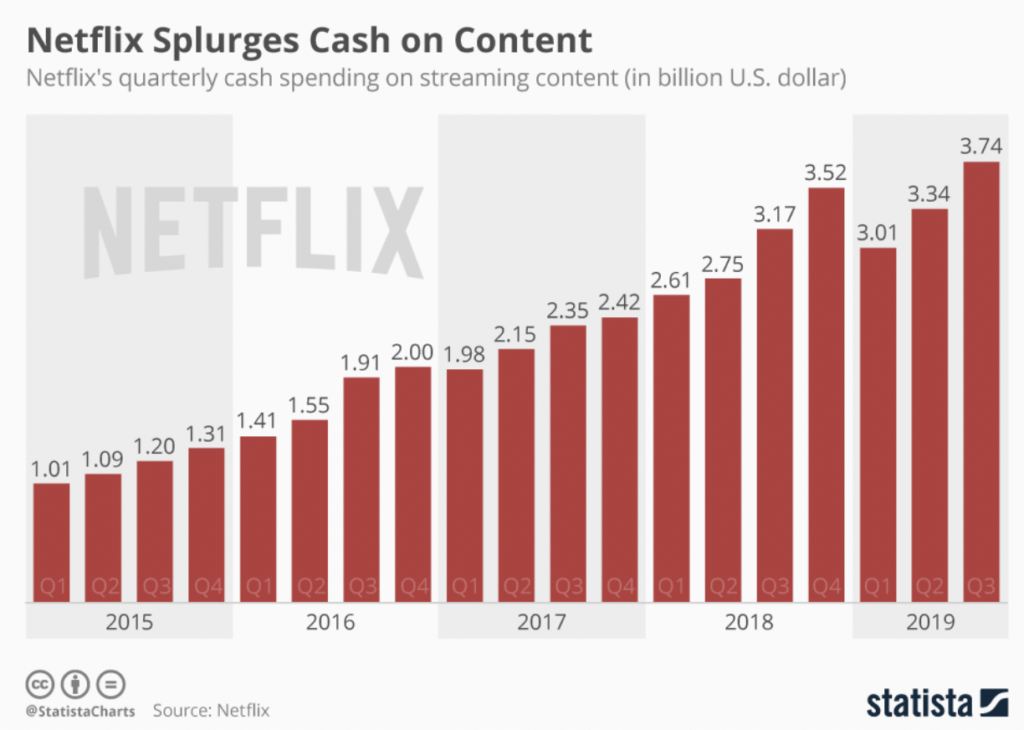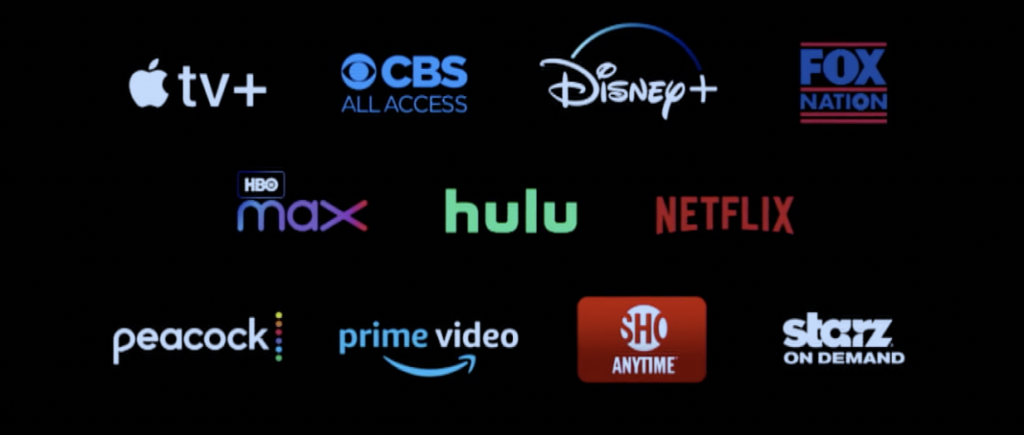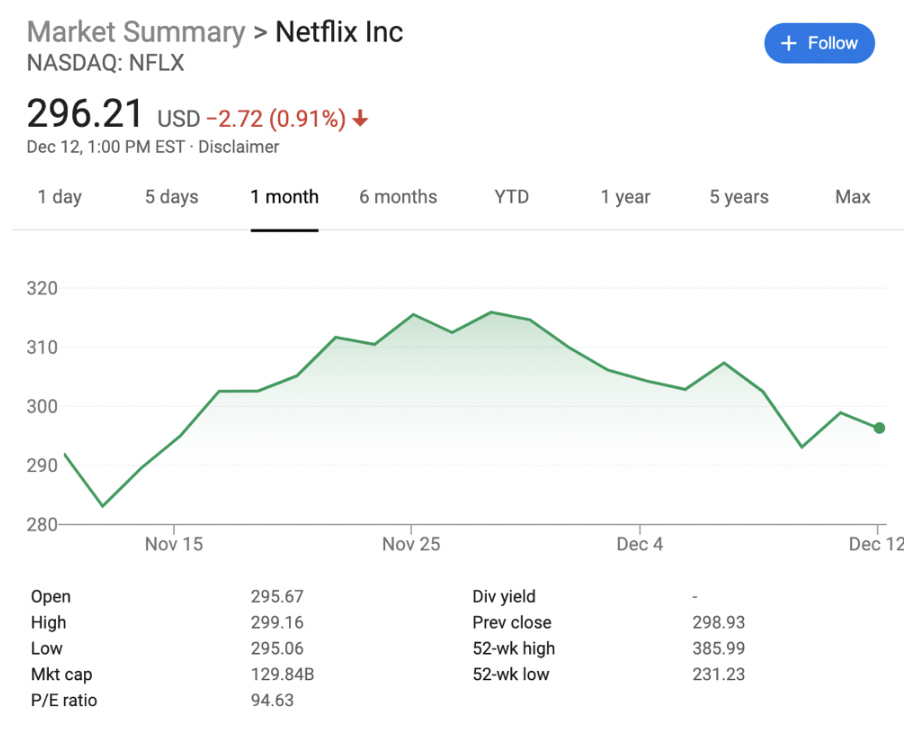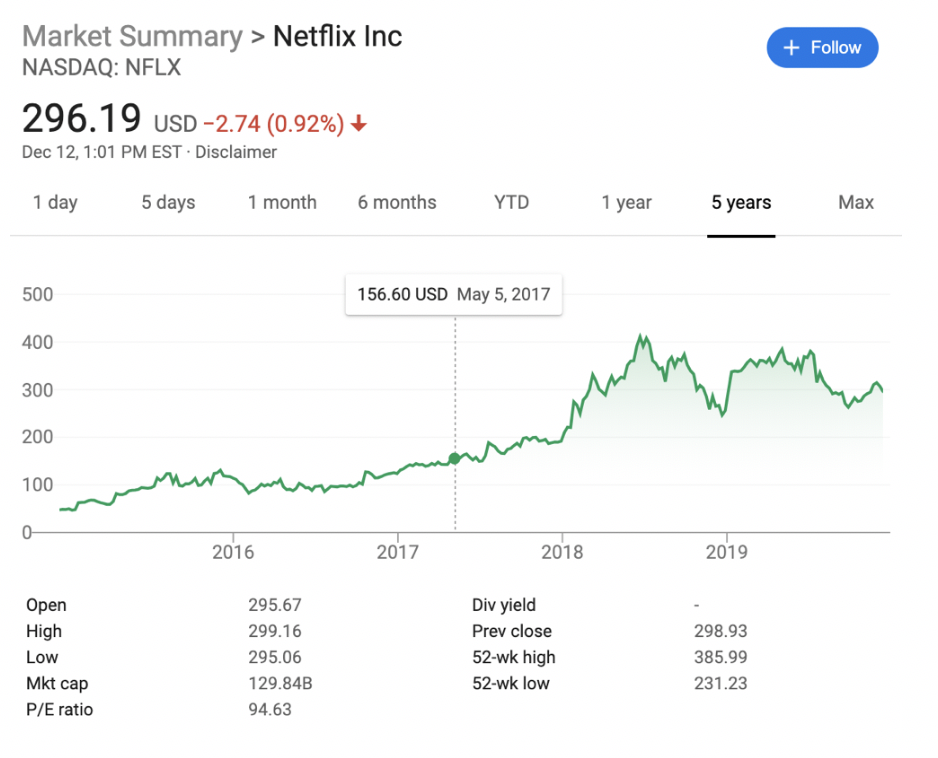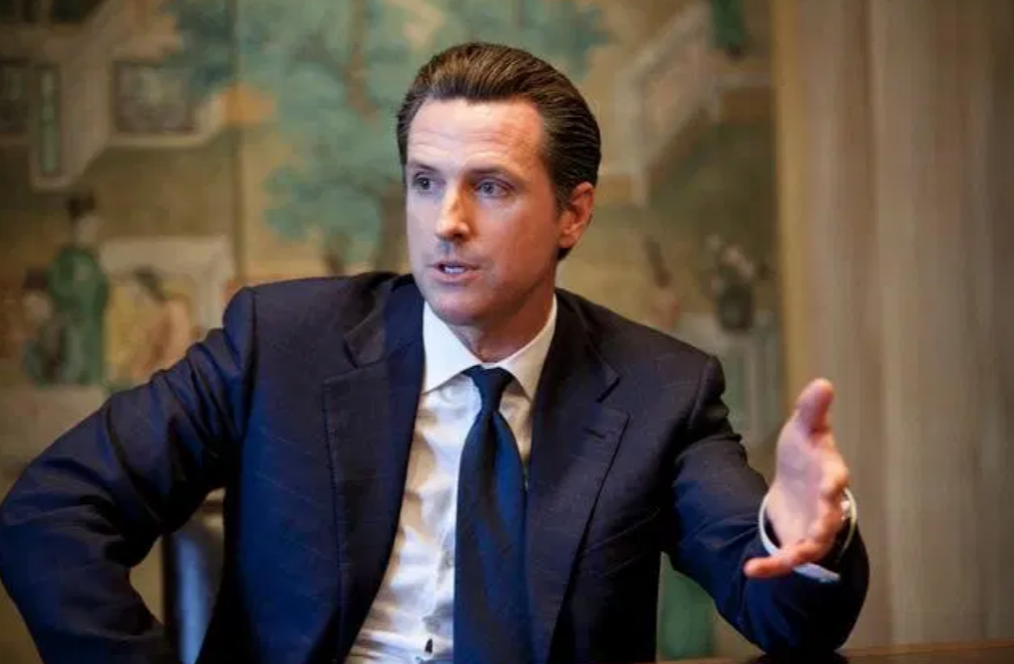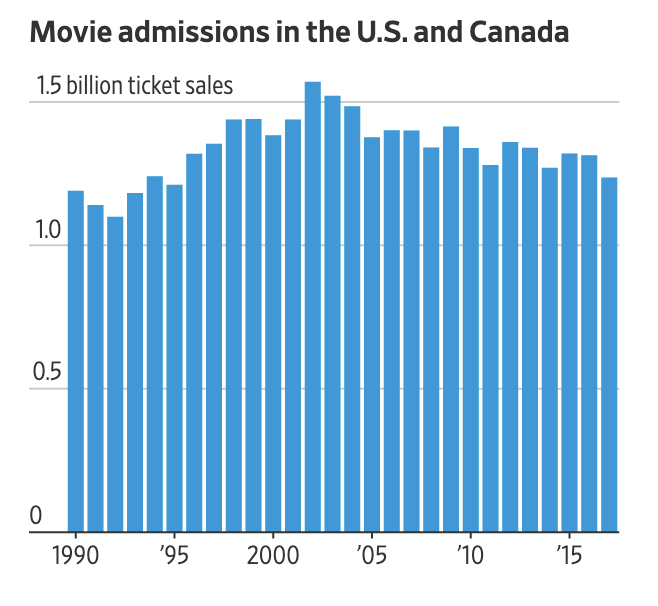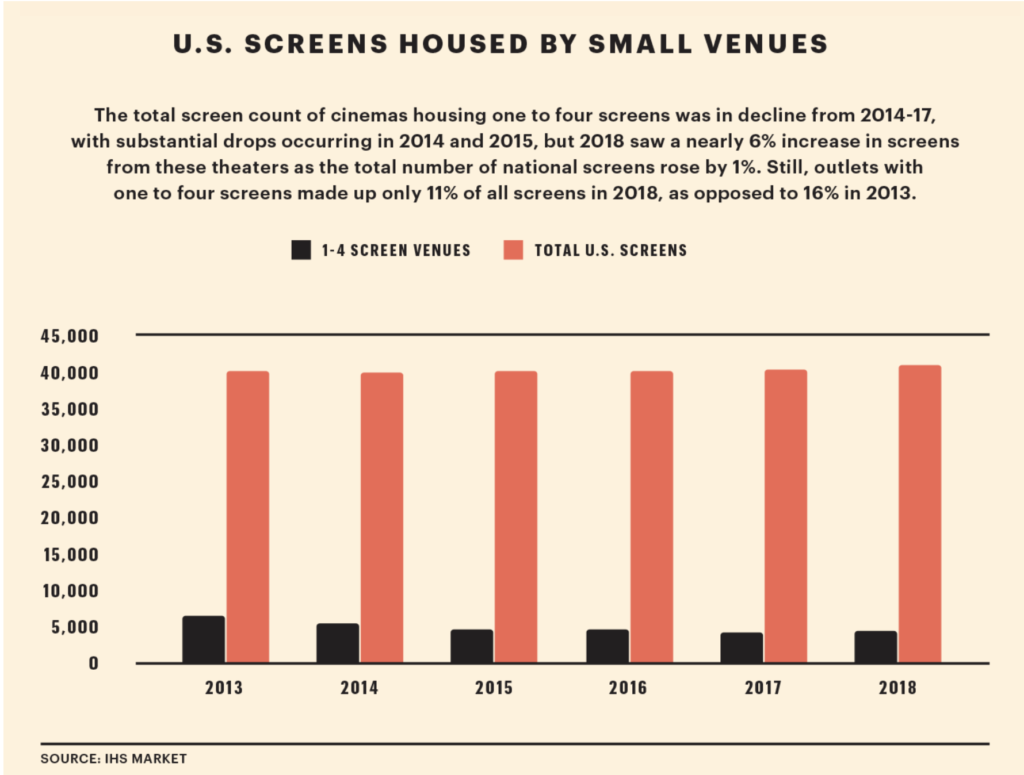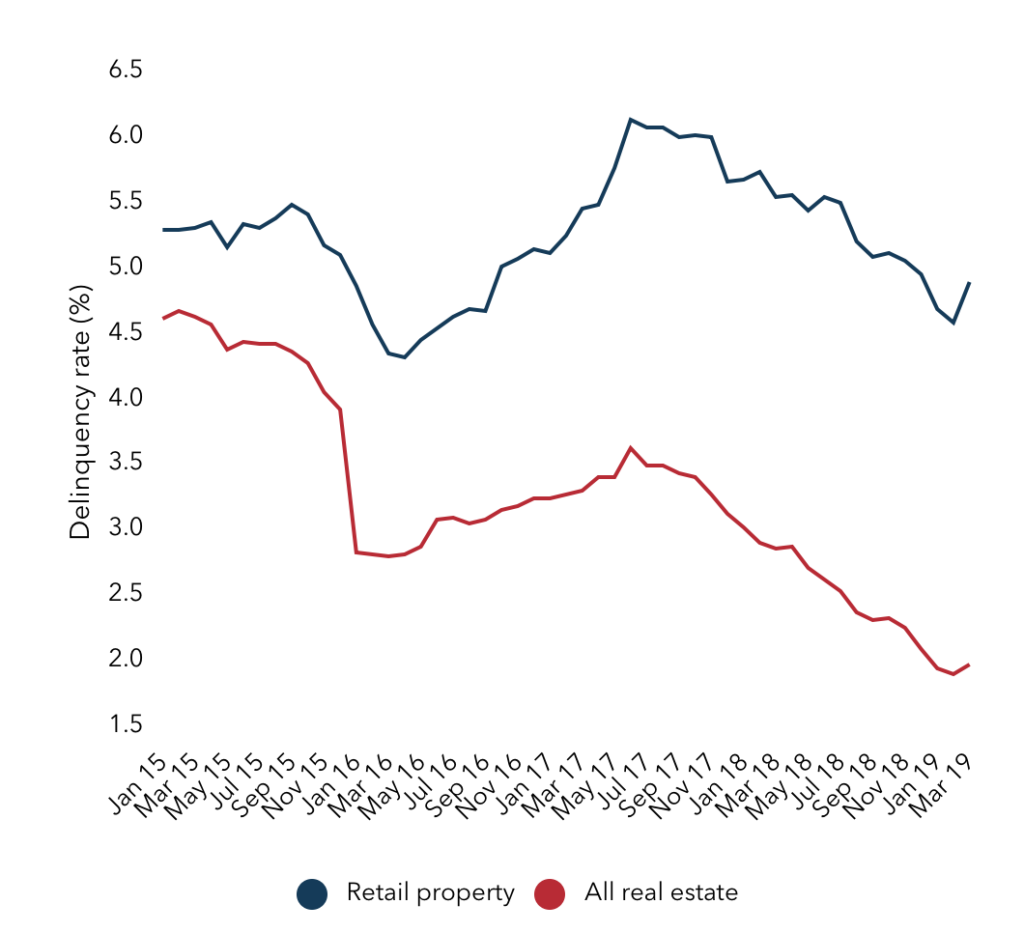By Anushka Joshi
From a young age, my family and I would routinely clean out our closets and take our give-aways to Goodwill. Around high school, I started going back to Goodwill to buy clothes that were cheaper and more unique than the styles carried at the mall. My friends and I would take trips to San Francisco to stop by Buffalo Exchange, Crossroads, Waste Land, and the small second-hand stores in between. Then, we began selling clothes to each other within our high school via a Facebook group as a way for us to make money off of our clothes that were to be given away. Second-hand stores have grown to have a strong presence in the fashion industry for all types of shoppers. Whether it is through occupying the online space through websites like ThreadUp, a brand dedicated to upcycling clothes, or traditional retailers like Macy’s creating spaces for secondhand clothes in their stores, thrifting is pushing the fashion industry towards an environmental and economic change.
The Instagram Generation is made up of Generation Z and Millennials, and according to a ThreadUp Fashion Resale Market and Trend Report in 2019, resale shopping satisfies their two biggest demands: being seen in new styles, and sustainable shopping. To maintain a constant online presence, people feel pressured to have infinite outfits so that they are never seen sporting the same look twice. 56% of 18-29-year-olds prefer retailers that have new arrivals every time they visit to fulfill this need (ThreadUP). There’s an expectation to walk into a room where no one is wearing the same outfit, and then never wear that outfit again. However, this expectation is detrimental to our wallets and the environment.

Nowadays, it’s as important to appear socially conscious as it is fashion-forward. As the stress of climate change increases, 74% of 18-29-year-olds lean towards shopping from sustainably conscious brands (ThreadUP). Today, the fashion industry makes up 10% of carbon emissions globally, and that number could rise to 25% of the global carbon budget by 2050 if consumer behaviors do not respond. In 2013, 57% of consumers prefer to buy from environmentally conscious companies, but as of 2018 that number has risen to 72%, which proves that sustainability is no longer just a perk, but a priority to consumers (ThreadUP). In a generation where consumers value socially conscious shopping as much as being unique, thrifting has found its home. That 70’s disco-Esque shirt is not actually from Urban Outfitters, but it’s an original swooped up at the thrift store for $7. After decades of sitting on a dusty shelf, clothes can now be seen curated on a clothing rack. One man’s trash is another man’s treasure.
Second-hand shopping is the consumption of used apparel. This concept was once looked down upon by middle-class consumers, and it was the way of shopping for those who could not afford first-hand shopping. Today, consumers turn to the more than 25,000 second-hand stores around the United States, their peers to buy their worn clothes, online rental services, and apps and websites dedicated to second-hand shopping. Second-hand shopping occupies its own market space–a large and growing one at that.
Thrift shopping used to be an experience filled with digging through racks of unorganized clothes to find the right piece. This experience has been described as primal, interesting and exciting. Shoppers never know what they’re going to get–the idea is that you find something unique to your style as opposed to conforming to the silhouettes of fast fashion. Ines Ramirez, a 21-year-old student at the University of Southern California, turned to thrifting as a response to the damage caused by the fast fashion industry, and found the experience of thrifting to be refreshing as “shoppers are exposed to new styles, and the opportunity to expand their tastes at a lower price point that is more sustainable too”. As thrifting has hit the mainstream, it caters to all audiences ranging from the experience of digging through piles to a curated shopping experience with high-end second-hand boutiques.

The early adopters of Airbnb, Lyft, and DoorDash are the same ones who spearheaded the growth of the resale market. These companies disrupted traditional industries and were built to cater to the needs of the rising generations and created a sharing-economy. The resale market is another space in which individuals can trade their assets. Generation Z and Millennials grew up with digitization, access, and individuality, with companies and industries like second-hand shopping responding to those needs. According to “The State of GEN Z”, a report by Business Insider, “Being unique–and balancing that with saving money–is a defining trait of this generation”. The same study reports that in 2019, 33% of Generation Z consumers will have bought used clothing. Today, companies like ThreadUp exist, which provide thousands of new items a day, sustainable shopping, and a cheaper price tag. It’s a Gen Z’ers dream.
Though second-hand shopping started niche, now everyone has a place in the second-hand shopping industry. According to a ThreadUp report, 26% of luxury shoppers, 25% of department shoppers, and 22% of value chain shoppers all shop secondhand. Services like Rent the Runway and the RealReal make boutique items more accessible. From Walmart to Gucci, consumers are looking to buy it resold.
The trend of sustainable shopping comes after the fast-fashion takeover of the 2000s. Fast fashion refers to purchasing replica items of trends for lower quality and lower price. This concept was born out of a desire to fill consumer’s needs immediately, instead of waiting months for a runway style to hit the department stores. Many members of Generation Z and Millennials grew up in the fast-fashion boom. It provided instant gratification while shopping and affordable prices. However, the cheap quality, environmental impact, and the fact that someone always owned what you did were deterring factors. Since 2000, clothing production has doubled and that is no coincidence with the rise of fast fashion. There is a massive turnover of owning clothes due to the constant outpouring of products streaming from the fast fashion industry. Traditional fashion labels used to put out 2 collections a year, but Zara puts out 16. The impacts this has on the environment are unparalleled. Up to 85% of textiles go into landfills each year, which is enough to fill the Sydney Harbor.
An allure to fast fashion was being able to get high-end styles at a fraction of the cost. But through consignment stores and companies like TheRealReal, consumers can buy used luxury items at a fraction of the cost. For example, a Louis Vuitton bag that would regularly retail for $1,100 is listed for $475 on TheRealReal. Shoppers can also opt to rent clothing through Rent the Runway. Knowing that someone has used the clothing before and the lower price tag caters to consumer’s desire to wear clothes once or just a few times––a result of our desire for individuality–then sell it without feeling guilty about sunk cost or material waste.

Each year, 108M tons of non-renewable sources are used to produce clothing, and the textile waste crisis is accelerating, according to the Ellen MacArthur Foundation. One garbage truck’s worth of textiles is landfilled or incinerated every second. Goodwill NYNJ alone saved 38 million pounds of clothing from the landfill last year. The collective impact of all of the consignment/second-hand stores and businesses around the country are sure to make an impact on the waste each year.
Millennials and Gen Z’ers are more socially conscious than the generations that preceded them and they are inclined to shop sustainably. This value-driven economy is changing our consuming experience as a whole. The fashion industry used to be led by top-down influence, coming from fashion designers and runway shows. Today, it is driven by bottom-up forces, meaning influencers and the prominence of social media (Forbes). With Generation Z having a buying power of more than $500 billion already, companies will have to adjust to their needs. With young shoppers swarming to second-hand shopping, the resale economy has already begun to slow down fast fashion.
Habits have shifted from quality over quantity, to the embrace of fast fashion, but the end of long-term ownership has arrived with the popularization of second-hand shopping. The average number of items in consumers closets is declining and will continue to do so as craze’s like “Kondomania” emerge. When Marie Kondo’s show aired on Netflix, ThreadUP saw an 80% increase in closet cleanout kits (ThreadUP). If 1 in 10 viewers cleaned out their closets, it would create 667M pounds of trash, and resale responsibly generates an endless supply chain.
As consumers become more environmentally conscious, these numbers will grow and large corporations will begin to notice the shift––and will make changes in their own companies to become more sustainable too. Companies follow the money, and thankfully consumers are leading them to more sustainable ways.
According to a ThreadUp Fashion Resale Market and Trend Report in 2019, 72% of secondhand shoppers shifted spend away from traditional retailers to buy more used items. The fashion industry adapted to the fast fashion market, and it will confidently accommodate to the new demands–both from consumers and the world at large. According to an article in the Wall Street Journal, mass-market retailers like Macy’s and JC Penney are adding resale boutiques to their store layouts, further expanding the secondhand apparel market. Mass market/fast-fashion brands like Urban Outfitters have added “vintage” sections and their “one of a kind” pieces are promoted on their Urban Renewal line. There are popular brands that are sustainable from the start like Re-Done, and Reformation. According to a report by Colliers International Knowledge Leader blog, “From 2017 to 2019, Millennial and Gen Z secondhand sales increased by 37% and 46%, respectively.” According to Fortune, grown 21 times faster than the retail market in the past three years. As consumers become more environmentally conscious, these numbers will grow and large corporations will begin to notice the shift.
Business practices are shifting to become more unique and sustainable. Nearly 9 out of 10 senior retail executives are finding ways to get into the resale business. As per the same ThreadUp report, these executives are first motivated by revenue boosts, then sustainability, and finally customer loyalty. Whether or not their first reason is environmental responsibility, these large companies will make a huge impact. This year, if everyone bought one used item instead of a new item, that would save the amount of CO2 as 500,000 cars being taken off the road for a year, enough energy to light up the Eiffel Tower for 141 years, enough water to fill up 1,140 Bellagio fountains, and the weight of 1M polar bears of trash (ThreadUP). The average secondhand shopper replaced 8 new apparel items with used items in the past year. As the number of secondhand shoppers increases, the carbon savings will grow exponentially.
The future of second-hand shopping will disrupt the fashion industry as we know it today. According to a report by Colliers International Knowledge Leader blog, “From 2017 to 2019, millennial and Gen Z secondhand sales increased by 37% and 46%, respectively.” While the fashion industry at large is worth more than $2 Trillion, the secondhand market is projected to hit $41 billion by 2022. According to Fortune, grown 21 times faster than the retail market in the past three years. As of 2018, the second-hand economy was valued at $24 billion and is projected to grow 1.5 times the size of the fast fashion market within the next 10 years. Second-hand shopping has unlocked an endless supply chain of buying and reselling clothes and continues to benefit all parties involved through the constant exchange of goods. Thrifting is now a tradable asset, which means that there is still value even after the first time it was purchased.
We’ve moved into a sharing economy, and the popularization of second-hand shopping is an extension of that. However, the sustainability of the resale market is not limited to clothing and it is inspiring new shifts. Companies have begun to design new products that are meant to be shared. Airbnb is looking to build homes that are designed to be shared and not owned. IKEA will start renting furniture instead of just selling it, and companies like Rent the Runway and ThreadUP are exclusively producing lines of clothing that are only for renting or reselling. Just as technology and the internet forced companies to rethink their business models, sustainability efforts will do so as well.
